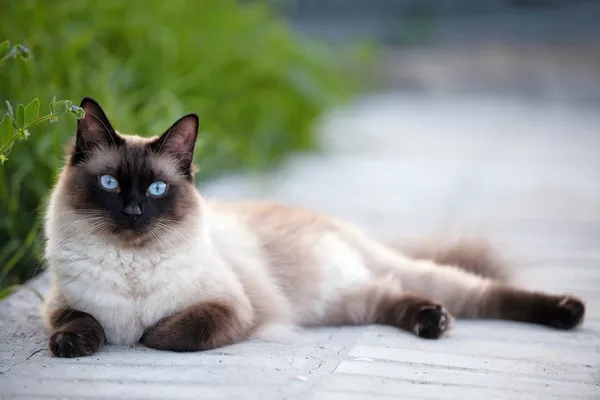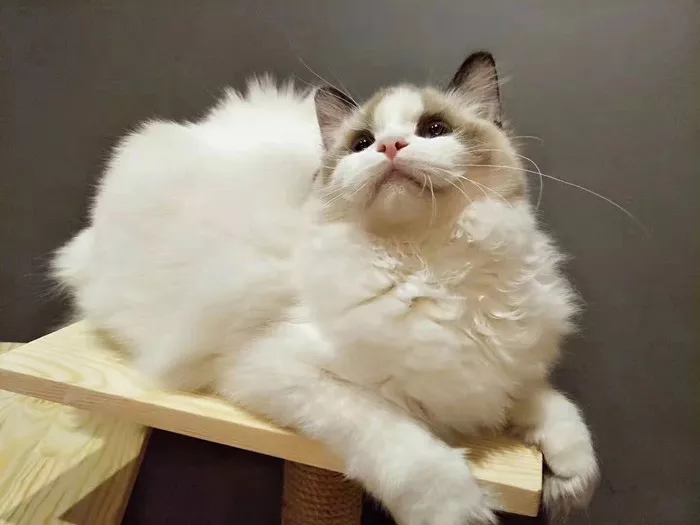Cats have long been admired for their agility and impressive physical feats. Among their many remarkable abilities, their jumping prowess stands out as a true testament to their athleticism. In this exploration, we delve into the fascinating world of cat jumps, uncovering the science behind their leaps, the factors influencing their heights, and the incredible adaptations that make these creatures such exceptional jumpers.
Understanding the Anatomy of a Cat’s Jump
To comprehend the heights cats can achieve in their jumps, it’s essential to first understand the unique anatomy that equips them for such feats. Cats are built for agility and vertical mobility, thanks to their powerful hind leg muscles and a flexible spine.
Powerful Hind Legs: The hind legs of a cat are a powerhouse of muscles, enabling explosive bursts of energy. When a cat prepares for a jump, these muscles act like coiled springs, storing and releasing energy rapidly.
Flexible Spine: Cats possess an incredibly flexible spine that functions as a shock absorber during landings. This flexibility allows them to adjust their trajectory mid-air, making precise calculations for a flawless landing.
Precision in Paws: Cats have specialized paw structures with retractable claws that provide traction. Their paws act as silent shock absorbers, minimizing noise upon landing, a crucial adaptation for stealthy hunters.
Factors Influencing a Cat’s Jumping Ability
While cats share common anatomical features, several factors influence individual jumping abilities.
Breed Variations: Different cat breeds exhibit variations in size, muscle mass, and overall physique. These differences can impact their jumping capabilities. For example, athletic breeds like the Abyssinian or Bengal may achieve greater heights than more robust breeds.
Age and Health: Young, healthy cats tend to be more agile and capable of higher jumps. Aging or less physically fit cats may experience a decline in their jumping abilities due to factors such as arthritis or reduced muscle strength.
Motivation and Environment: A cat’s motivation to jump is often driven by environmental stimuli or the pursuit of prey. The height and type of surfaces they encounter can influence their decision to jump. Indoor cats may jump onto furniture, shelves, or countertops, while outdoor cats might navigate trees or fences.
Training and Socialization: Cats that engage in activities like agility training or have positive socialization experiences tend to exhibit more confidence in their jumping abilities. Training can enhance a cat’s physical conditioning and mental sharpness.
The Astonishing Heights: How High Can Cats Really Jump?
Cats are renowned for their ability to jump great distances relative to their body size. On average, a healthy adult cat can jump about five times its own height in a single leap. This means a cat standing 12 inches tall at the shoulder could potentially jump up to 60 inches vertically.
However, exceptional cases have been documented where cats achieve even greater heights. Factors such as adrenaline rushes during moments of high excitement or fear can trigger extraordinary feats. Videos circulating on the internet showcase cats reaching astonishing heights during spontaneous jumps, often fueled by a sudden burst of energy.
Exploring the Physics of Cat Jumps
The physics behind a cat’s jump is a captivating blend of strength, balance, and acute spatial awareness. When a cat decides to jump, it engages in a sequence of precisely coordinated movements.
Crouch and Coiling: Before a jump, a cat enters a crouching position, lowering its body close to the ground. This posture allows the cat to maximize the potential energy stored in its muscles, akin to coiling a spring.
Propulsion: The cat rapidly extends its powerful hind legs, propelling itself upward. The explosive release of stored energy in the leg muscles generates the upward force required for the jump.
Mid-Air Adjustments: Once airborne, a cat displays remarkable agility in making mid-air adjustments. The flexible spine and subtle adjustments in limb positions enable the cat to precisely control its trajectory and landing spot.
Landing: Cats are adept at absorbing the impact of a landing, thanks to their flexible spine and muscular limbs. Their ability to soften landings minimizes stress on joints, contributing to their remarkable agility and reducing the risk of injuries.
Record-Breaking Cat Jumps: Tales of Feline Heights
While comprehensive data on record-breaking cat jumps are scarce, anecdotal evidence and documented instances provide insights into extraordinary feline feats.
The High Jumpers: Some cats, driven by a combination of genetics, athleticism, and motivation, have been observed achieving remarkable heights. These instances often occur during play, hunting, or moments of intense excitement.
Leaping for Survival: Cats in the wild, such as the elusive and agile cheetah, showcase unparalleled jumping abilities. These big cats may leap several feet into the air during pursuits, demonstrating the evolutionary significance of such skills for survival.
Agility Competitions: Feline agility competitions, inspired by canine agility trials, have gained popularity. These events challenge cats to navigate obstacle courses, showcasing their jumping, climbing, and weaving skills. While not directly measuring vertical jumps, these competitions highlight the agility of various cat breeds.
Conclusion:
In conclusion, the heights to which cats can jump are a testament to their incredible physical adaptations and natural instincts. From the precision of their paw placements to the flexibility of their spines, every aspect of a cat’s anatomy contributes to its remarkable jumping prowess. While science helps us understand the mechanics behind their jumps, the true magic lies in witnessing these graceful creatures defy gravity with apparent ease. As we continue to unravel the mysteries of feline flight, one thing remains certain – the cat’s jump is a captivating blend of strength, skill, and sheer grace.


























